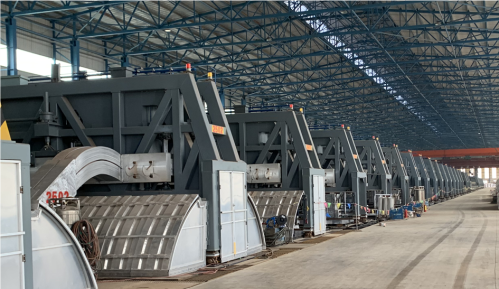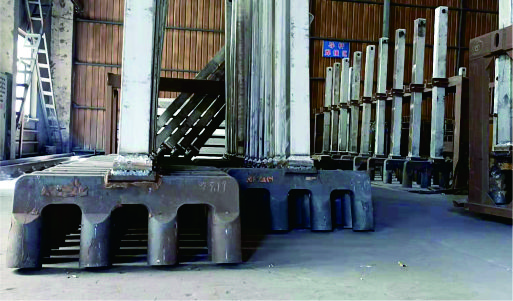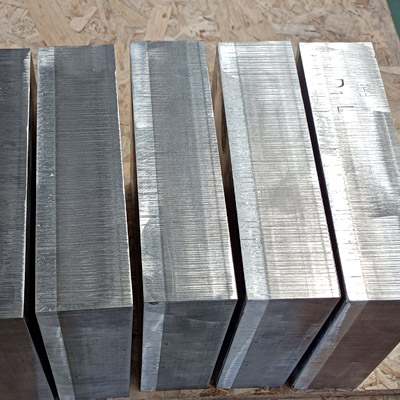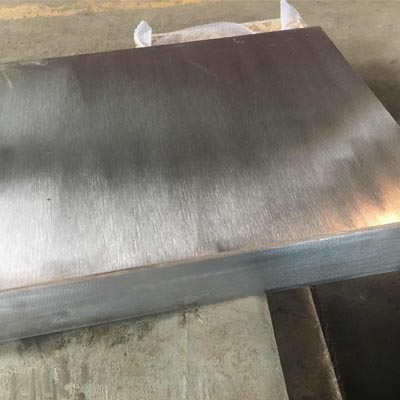Applicaitions
Aluminum and magnesium reduction cells
- Description
Aluminum-steel electric transition joints (ETJ) are used in aluminum and magnesium reduction cells for making welded connections between aluminum buss systems and steel anodes and cathodes. Depending upon the cell design and operating procedures, ETJs can operate at temperatures ranging between 200 C and 500 C, and sometimes hotter.

As a transition joint in the electrolytic cell, the aluminum-titanium-steel joint closely combines the aluminum busbar and the steel rod, which can effectively solve the problem of excessive connection between the anode guide rod and the steel claw and improve the tensile strength and conductive performance. Also this product has high bonding rate, high bonding strength, good corosion resistance and wear resistance of aluminum, good strength of steel, and theadvantages of low cost.

The addition of a thin interlayer between the aluminum and steel can alter this behavior. Several interlayer materials were evaluated, including chromium and titanium. Titanium provides the most significant improvement in performance. Extrapolations indicate that titanium interlayer ETJ's can be expected to operate for over 10 years at 450℃ without significant degradation.
| Performance / Products | AI-St Transition Joint | AI-Ti-St Transition Joint |
| Shear strength | 80MPa | 85Mpa (Al/Ti) 245Mpa (Ti/St) |
| Tensile strength | 150MPa | 180MPa |
| Resistance at normal temp | 60μΩ | 70μΩ |
| Resistance at high temperature(500°C) | 90μΩ | 75μΩ |

